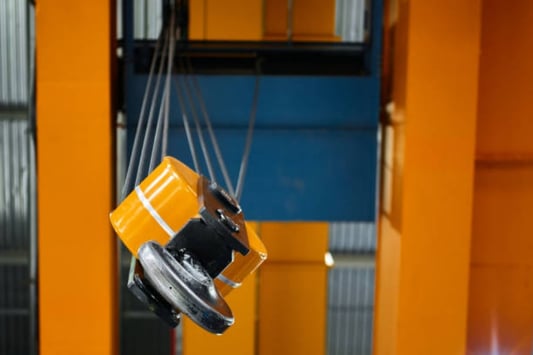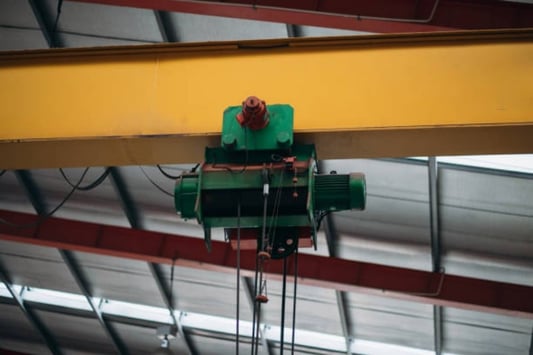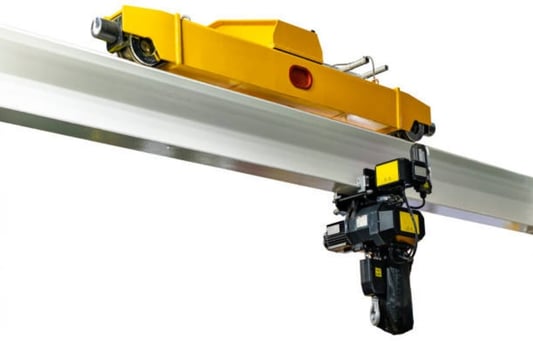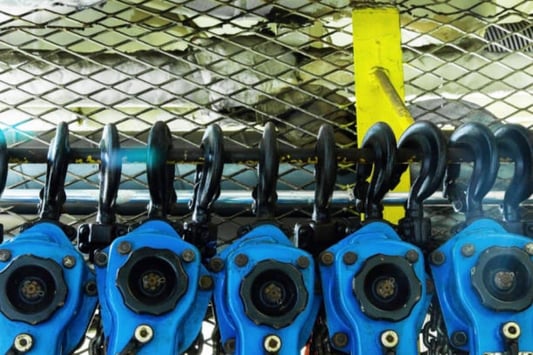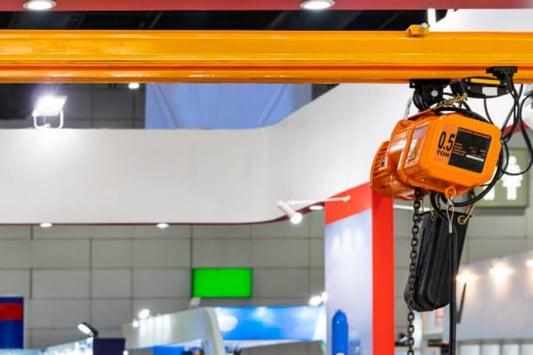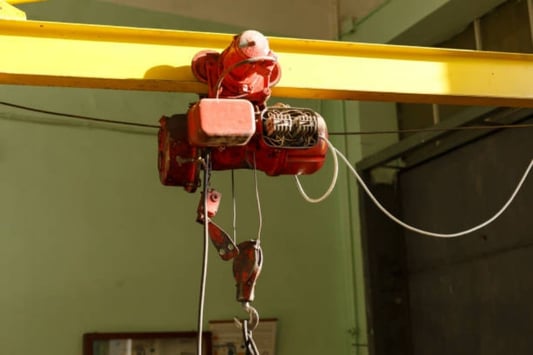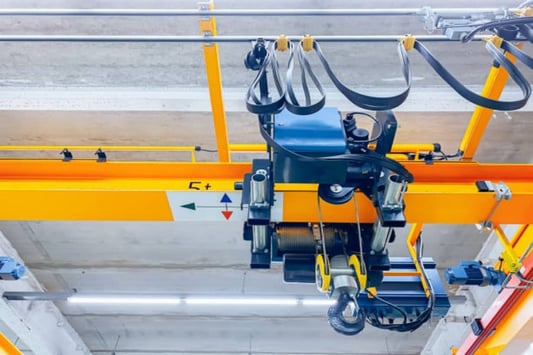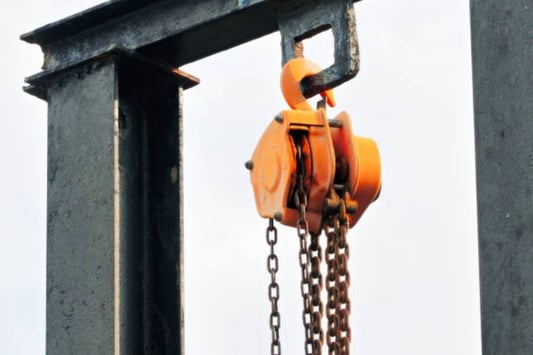Introduction:When it comes to lifting and moving materials, a reliable electric cable hoist is essential. The light-duty electric cable hoist is one of the most versatile and efficient lifting tools available in the market. In this article, we’ll take a closer look at the benefits of using a light-duty electric cable hoist for your lifting needs.1. Compact DesignThe light-duty electric cable hoist has a compact design which makes it ideal for use in tight spaces. It does not take up much floor space and can be mounted to a ceiling or beam which further saves floor space. It’s perfect for use in garages, workshops, and warehouses.2. Easy to OperateLight-duty electric cable hoists are easy to operate, even for beginners. They come with push-button controls and variable speed drives that allow users to easily and precisely lift and lower loads. They also have overload protection features that prevent the motor from burning out or getting damaged.3. Versatile ApplicationsLight-duty electric cable hoists are versatile tools that can be used in various applications including construction, manufacturing, shipping, and more. They can be used for lifting and moving equipment, machinery, and materials, as well as for pulling or tensioning loads.4. Increased SafetyLight-duty electric cable hoists come with a number of safety features that make them safer to use. They have built-in load limiters that prevent overloading, as well as emergency stop buttons that allow operators to quickly stop the hoist in case of an emergency.5. Better ProductivityUsing a light-duty electric cable hoist can lead to better productivity. They lift and move loads quickly, and with minimal effort required from the operator. This allows the operator to focus on other tasks, which can lead to increased productivity and efficiency.6. Cost-EffectiveLight-duty electric cable hoists are more cost-effective than other types of hoists. They are less expensive than heavy-duty hoists and require less maintenance. They also have a longer lifespan and are more reliable, which can help save money in the long run.7. Energy EfficiencyLight-duty electric cable hoists use less energy than other types of hoists. They have energy-efficient motors that consume less power and operate at a lower noise level. This makes them environmentally friendly and can reduce energy costs.8. DurabilityLight-duty electric cable hoists are durable tools that are built to last. They are made from high-quality materials and are designed to withstand harsh working conditions. This means that they require less maintenance and have a longer lifespan.9. Easy to MaintainMaintaining a light-duty electric cable hoist is easy. They require minimal maintenance, and the parts can be easily replaced when needed. This can reduce downtime and help keep the hoist operating efficiently.10. Increased FlexibilityThe light-duty electric cable hoist is a flexible tool that can be used in different situations. It can be easily moved and installed in different locations, which makes it perfect for use in applications that require flexibility.ConclusionUsing a light-duty electric cable hoist for lifting and moving materials offers a range of benefits. They are compact, versatile, efficient, and cost-effective. They also improve safety, productivity, and flexibility. Therefore, if you’re looking for a high-quality hoist for your lifting needs, a light-duty electric cable hoist is certainly worth considering.Quote InquiryContact Us


